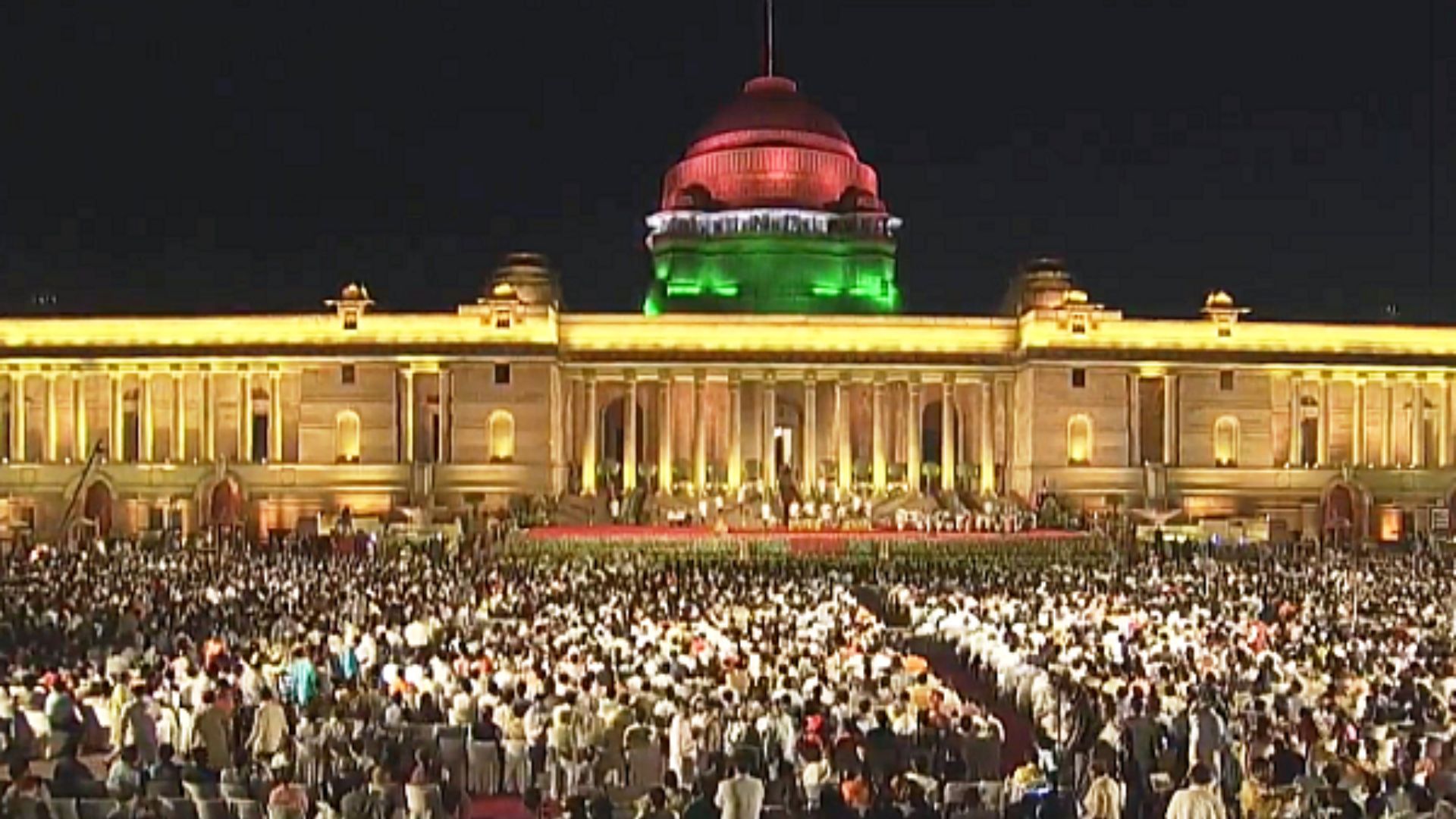Today marks a historic day for Narendra Modi as he is set to be sworn in for a third term at Rashtrapati Bhavan. The oath-taking ceremony will host over 8,000 guests, including prominent world leaders such as Bangladesh Prime Minister Sheikh Hasina, Sri Lanka President Ranil Wickremesinghe, and Maldives President Mohamed Muizzu.
Additionally, special invitees include the rat-hole miners who played a crucial role in rescuing 41 trapped construction workers after the collapse of a portion of the Silkyara tunnel in Uttarakhand’s Uttarkashi last year, as well as laborers involved in the Central Vista Project.
Have you ever wondered where the tradition of taking the oath of office originated and how it has evolved in India over the years?
The Origins of Oath-Taking
Oath-taking ceremonies have been a part of tradition long before India’s independence. Each country has its unique customs and rituals for swearing-in ceremonies, yet the common thread is the leader’s oath — a pledge to act in a specific manner in the future.
The practice of taking oaths dates back centuries in Western Europe. According to a report in The Conversation, the most solemn military oath — invoking the Roman gods directly — was known as the “sacramentum.” Through this oath, soldiers pledged loyalty to their general or commanding consul, and later, to the emperor. Disobedience was met with severe punishments.
Over time, oath-taking spread throughout society: kings took coronation oaths to promise just rule and the protection of their subjects, lesser nobles swore fealty to greater nobles for protection and material benefits, and religious leaders like bishops and abbots also participated in this oath-based system.
Today, each country has its unique swearing-in practices. For instance, in the United States, the president-elect takes the oath of office administered by the Chief Justice of the Supreme Court. In India, the prime minister-elect takes the oath before the president of the nation.
Evolution of Swearing-In Ceremonies in India
Ministers have the option to take the oath in the name of God or through an affirmation in Hindi or English before the President administers it. According to the Third Schedule of the Constitution, the oath reads: “I, A. B., do swear in the name of God/solemnly affirm that I will bear true faith and allegiance to the Constitution of India as by law established, [that I will uphold the sovereignty and integrity of India,] that I will faithfully and conscientiously discharge my duties as a Minister for the Union and that I will do right to all manner of people in accordance with the Constitution and the law, without fear or favour, affection or ill-will.”
Following the oath, ministers sign the register placed on a side table, which is then counter-signed by the Secretary to the President.
After the ceremony, the President hosts a dinner for the guests, featuring a variety of delicacies, including the renowned Raisina Dal, known for its perfect taste achieved through 48 hours of slow simmering.









